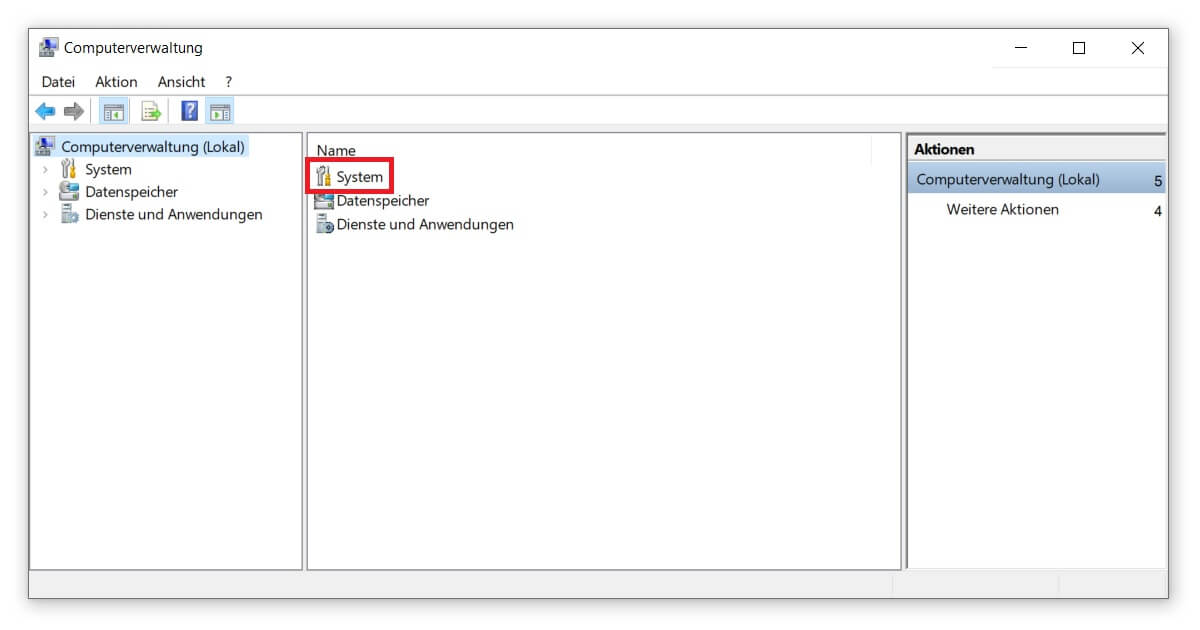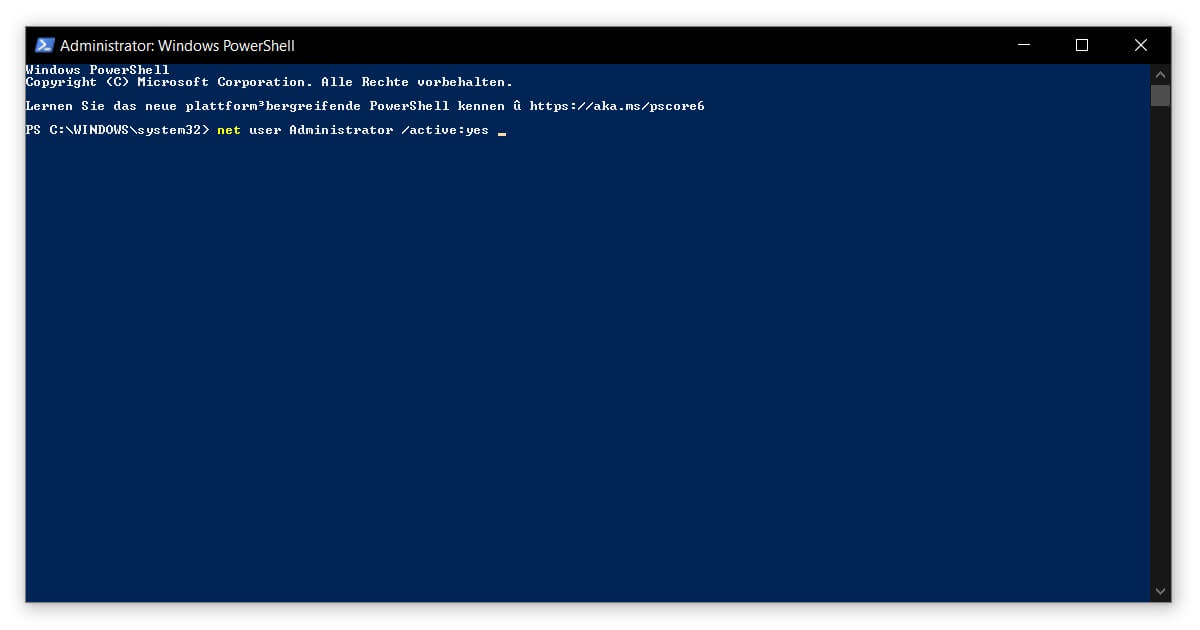You want to know how to disable your administrator account in Windows 10? Already Windows 7, Windows 8 and of course the latest version of Microsoft’s operating system offer different account types per user. So with Windows 10 or Windows 11, you can easily find out how to enable an administrator account again to get extended access rights. This allows for comprehensive editing of your system.
You need administrator rights if you want to make changes using Windows PowerShell. For example, if you are trying to shut down the Microsoft assistant Cortana. However, compared to previous editions, Windows 10 has buried the administrator account deep in the settings. It is not active by default after installation.

So, in this step-by-step guide, we’ll show you how to enable the administrator account. First, though, let’s answer a basic question:
Windows 10: What is an Administrator Account?
The administrator account is to be distinguished from a standard user account, which has limited access rights. If you are able to learn how to enable your administrator account in Windows 10, you will have access to a variety of new functions. You can customize security settings, change system files or install third-party programs.
An administrator account has access to all system data that exists on the device. This includes the contents of all user accounts. With admin rights, you can both create new users as well as delete already existing accounts. Therefore, caution is advised: If these rights fall into the wrong hands, the damage often cannot be undone.

How to Enable an Administrator Account in Windows 10: Am I logged in yet?
If you have only set up one user account on your PC so far, the addition Administrator will generally appear for this account. This designation is somewhat confusing, because this account can only unlock the required rights if needed. You may have already come across the confirmation window when you started an application.
How you can activate the far-reaching administrator account is related to whether you are using Windows 10 Home or Pro. Because otherwise it can happen that your PC settings are not supported by this version.
Windows 10 Pro: Enable Administrator Account
As a user of Windows 10 Pro, you can enable or disable the administrator account via the computer management:
- Open the Computer Management by right-clicking on the Start menu or via Windows logo key + X.
- In the folder selection, open the System section.
- There you will find Local Users and Groups, where you navigate to Users.
- In the main window, double-click on the Administrator entry.
- Under Properties of Administrator, you delete the checkmark in front of Account is deactivated. That’s it.

After confirming the changes, all extended privileges should be available. Otherwise the solution described below is valid for Windows 10 Home as well as for the Pro version in order to find out how to disable an administrator account.
How to disable the Administrator Account in Windows 10 Home?
- Via the Quick Access (Windows logo key + X) you open the Windows PowerShell this time. It is important that you select the entry with the addition Administrator.
- When asked if the app is allowed to make changes to your device, answer Yes. This is the only way to activate the administrator account.
- In the window that opens with a black background, copy the command net user Administrator /active:yes and confirm with Enter.
- If you want to undo the operation, replace this entry with net user Administrator /active:no.

Afterwards, if you log out of your account or restart the computer, you can now log in using the administrator account. If the account is password protected, you have to enter the access code here. Make sure that you have all the necessary data before you learn how to disable your administrator account in Windows 10.
Now you can customize your operating system as you like and even delete old Windows folders correctly – this is sometimes not so easy. Better make a plan as soon as you have known how to enable your administrator account in Windows 10. Because recovering deleted data only works with sufficient backups.
